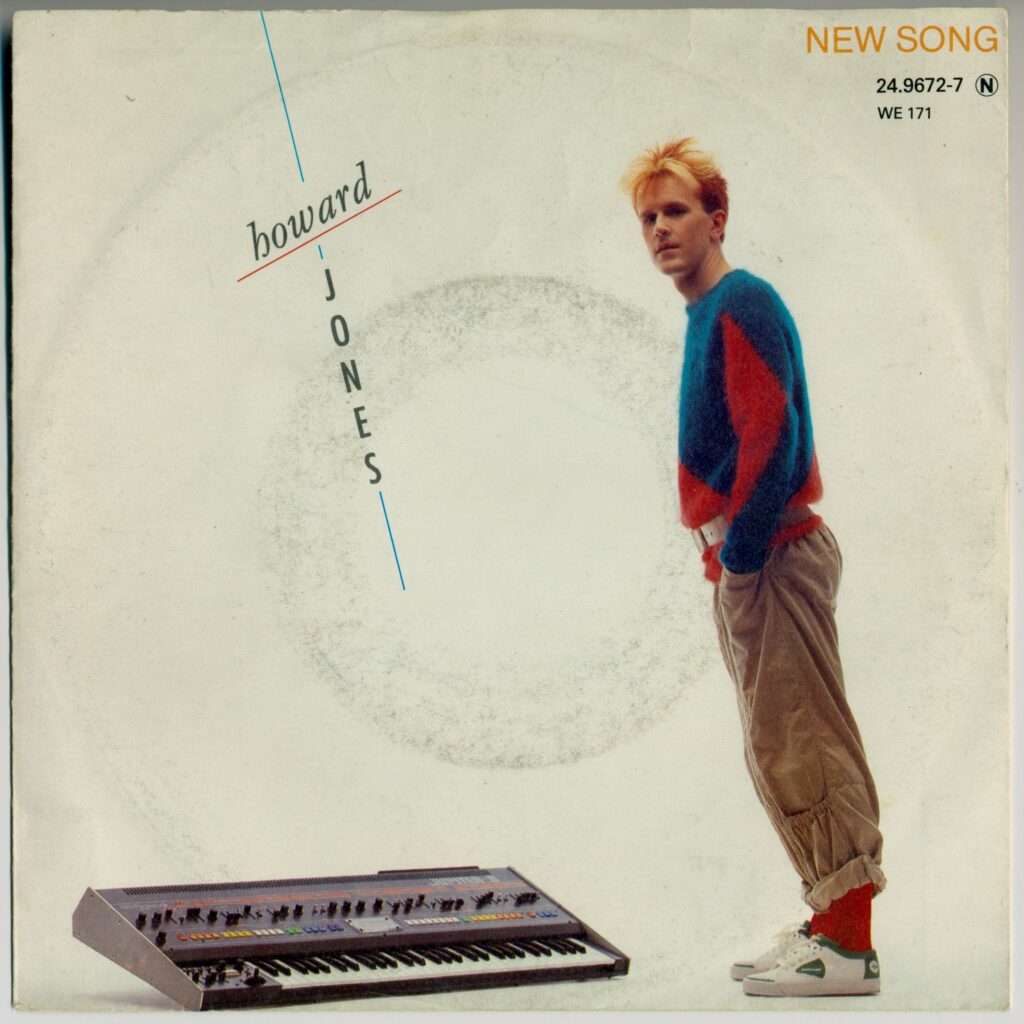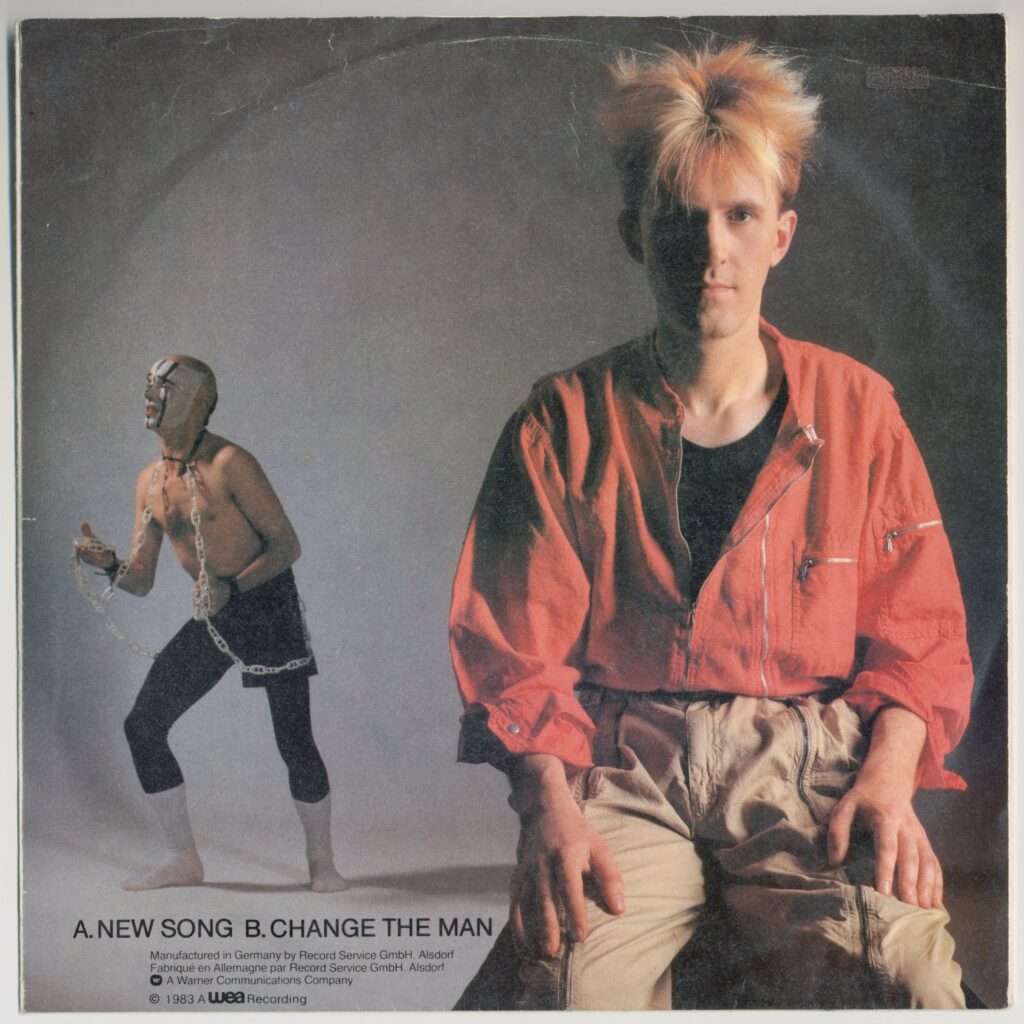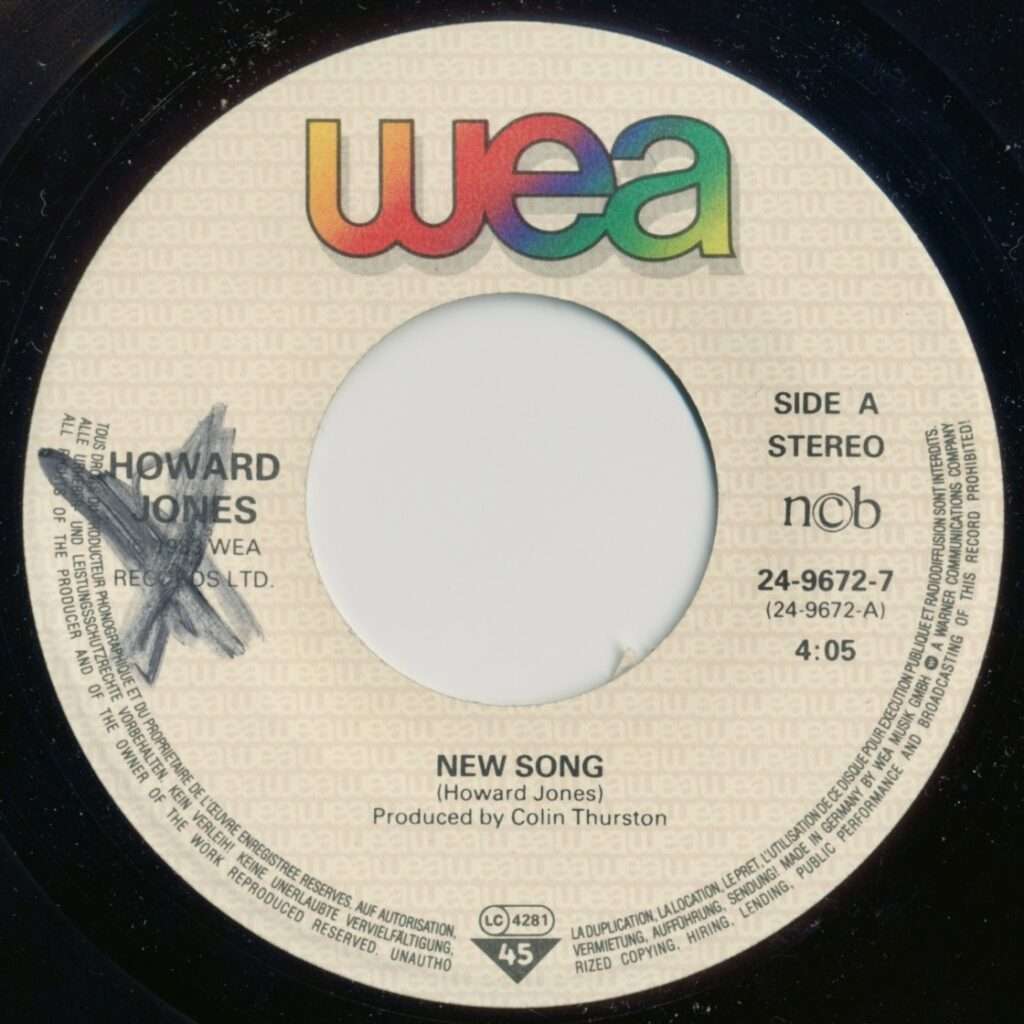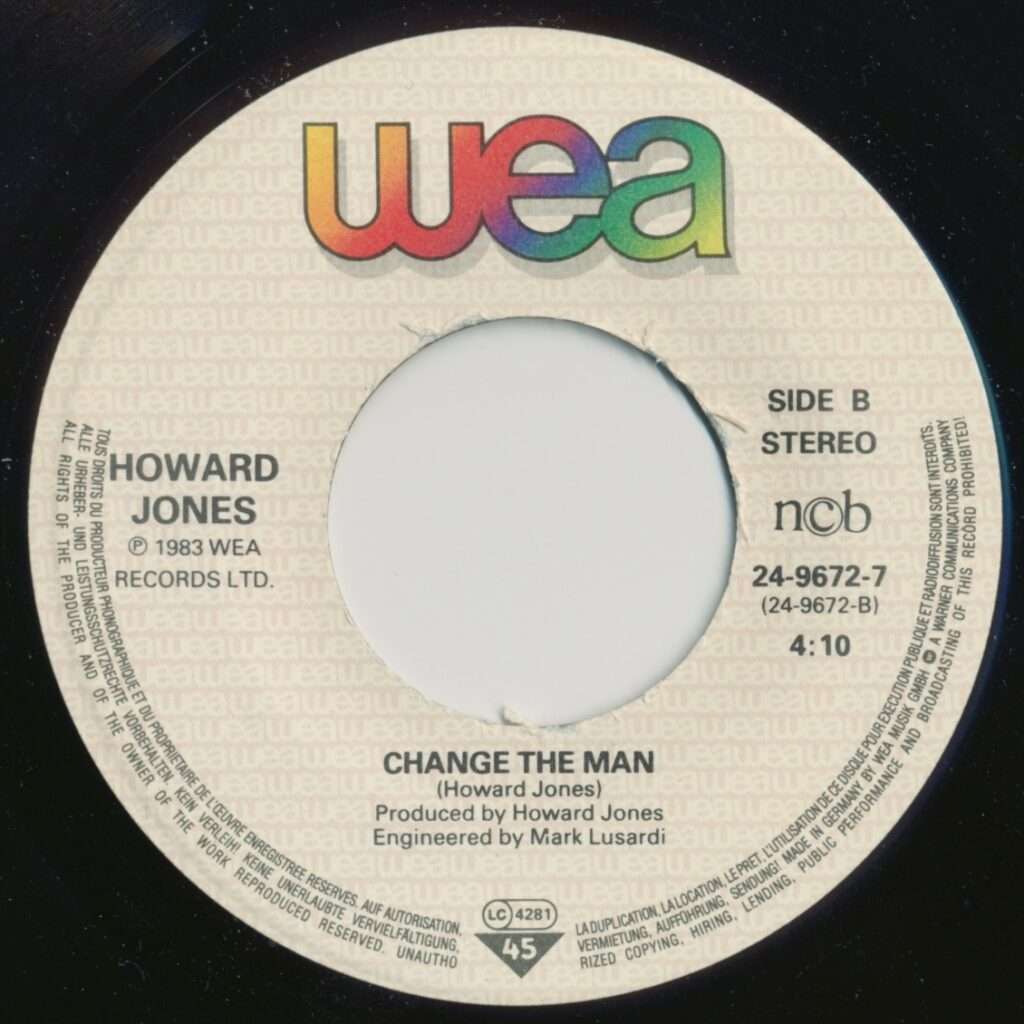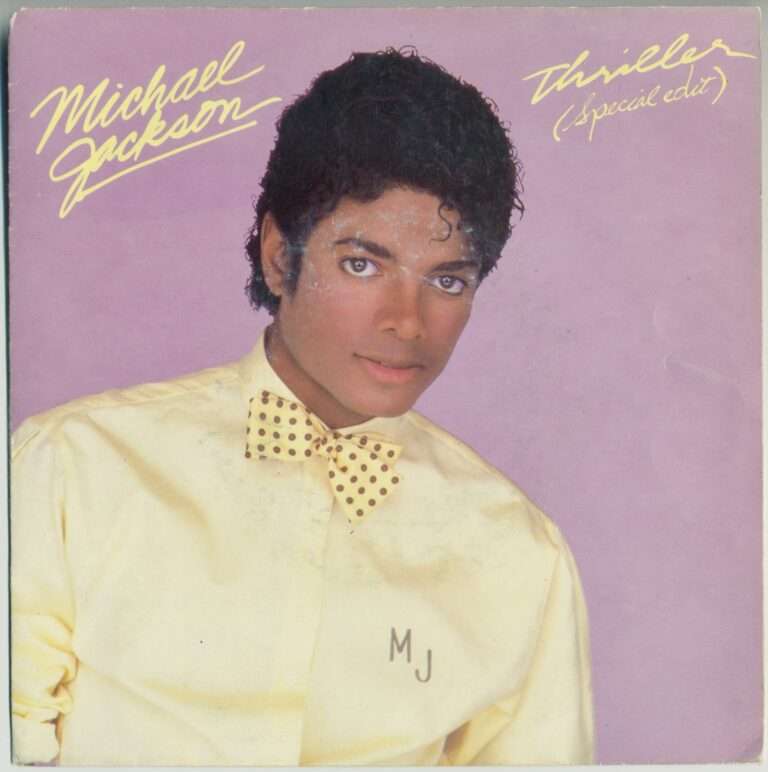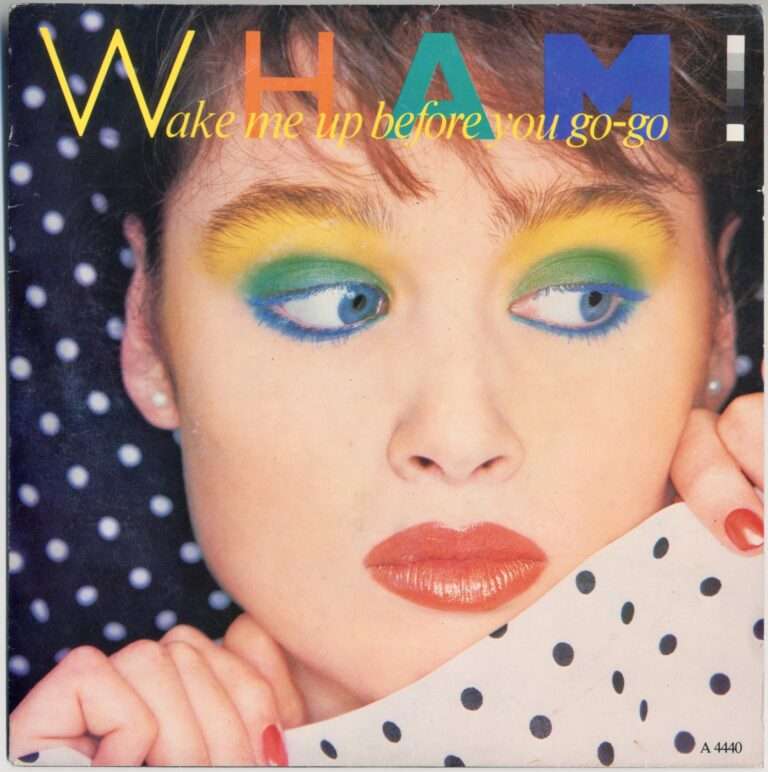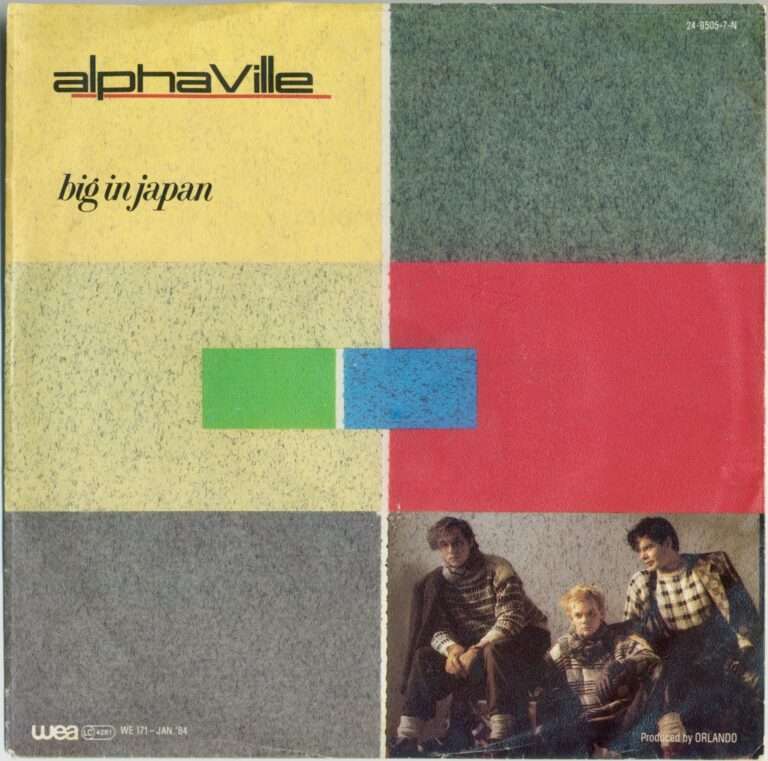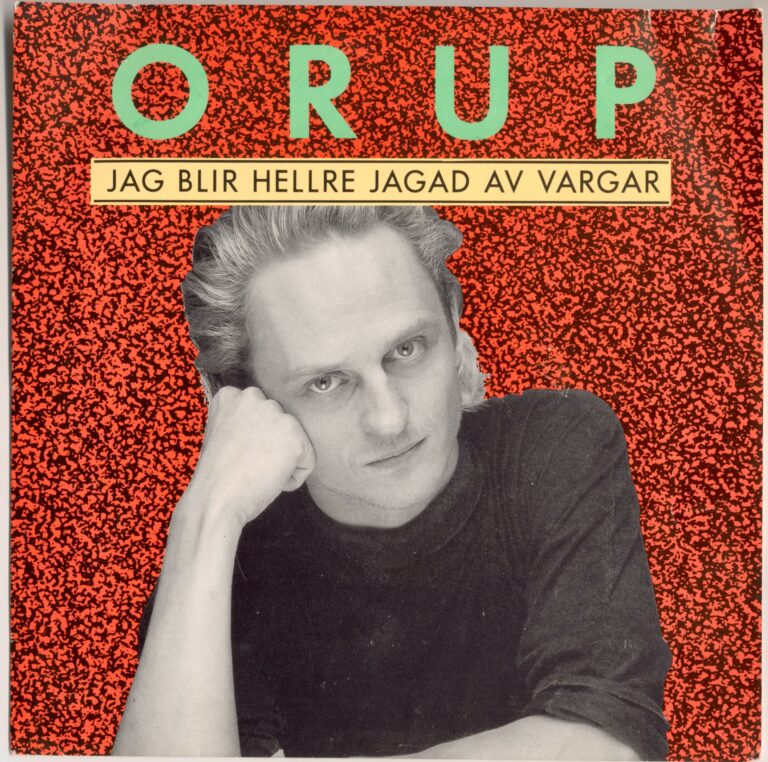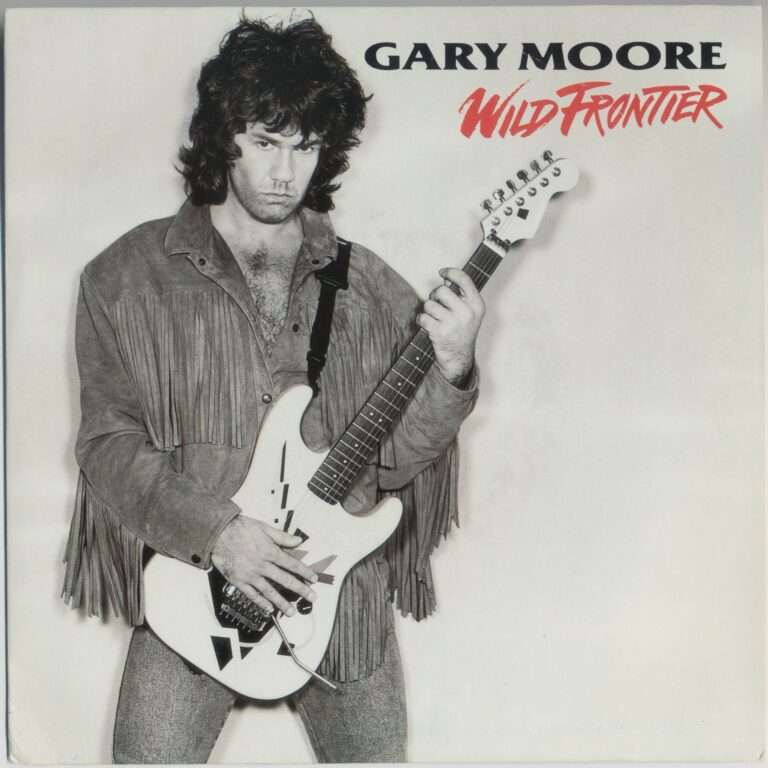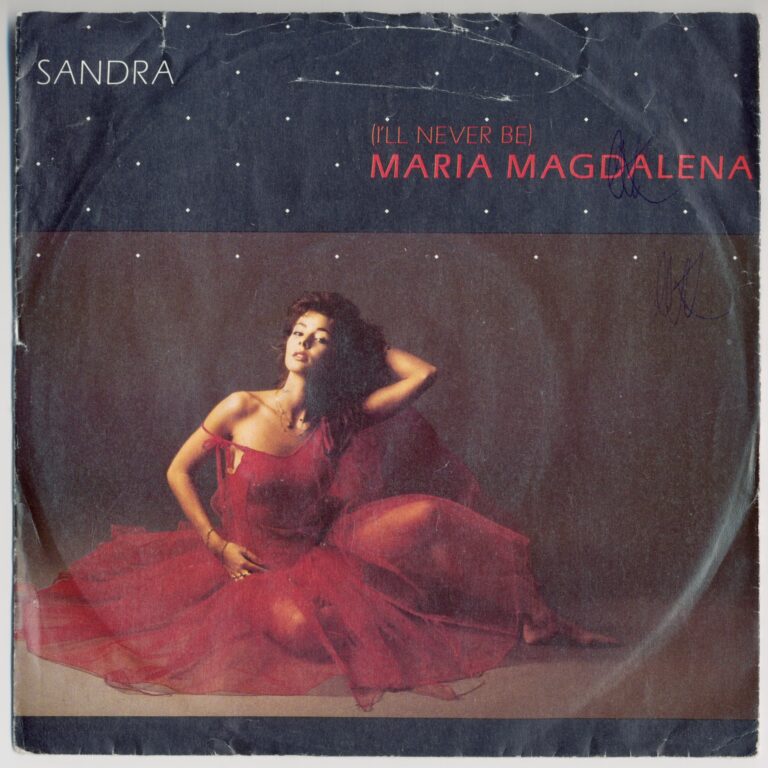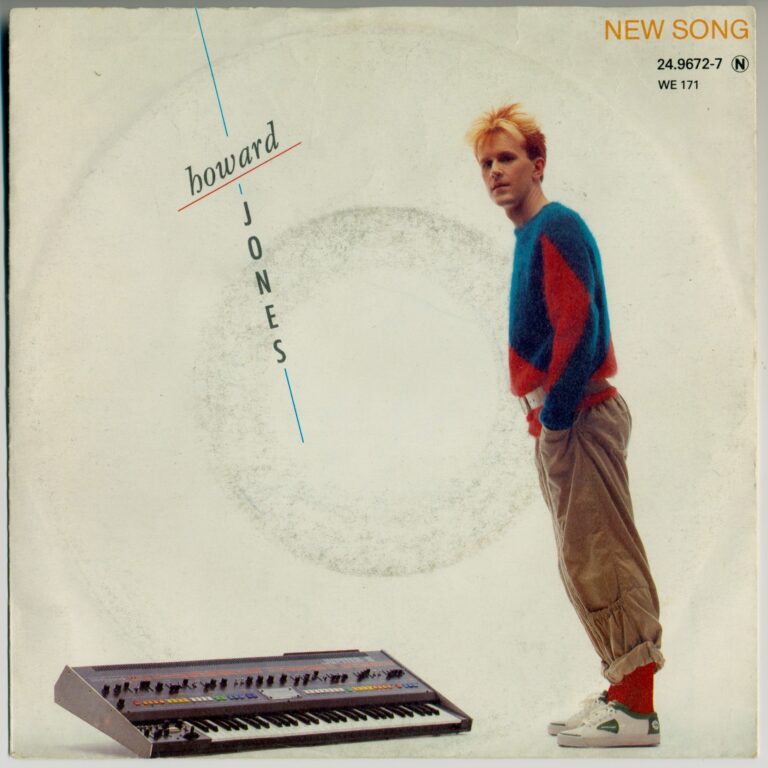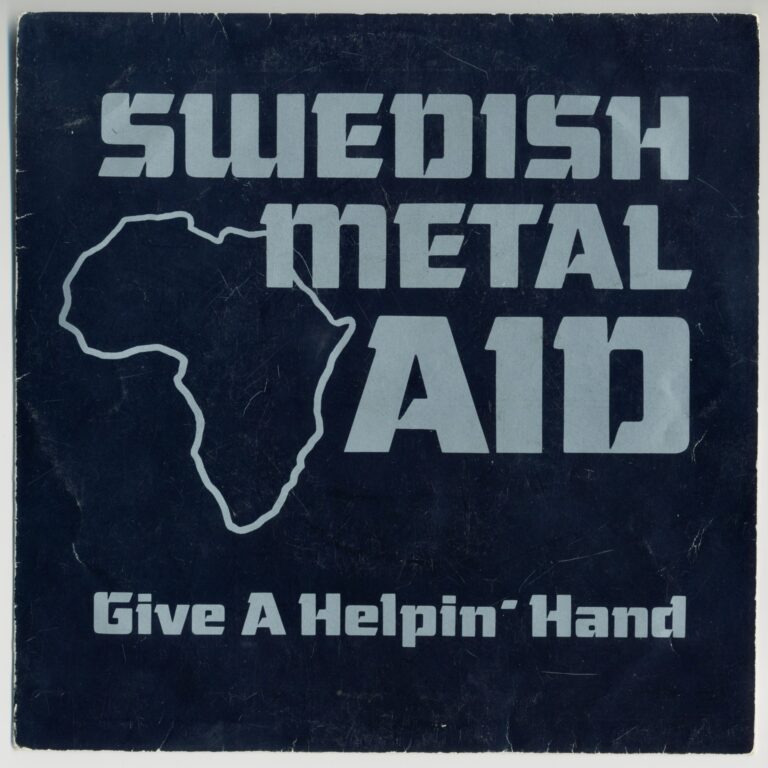Step into a time machine with me, back to the vibrant, synth-drenched era of the mid-1980s. While many artists of the time were content with catchy tunes and flashy outfits, a spiky-haired visionary named Howard Jones arrived on the scene with something far more profound. His debut single, “New Song,” wasn’t just a pop hit; it was a defiant declaration, a philosophical manifesto wrapped in an irresistible melody.
Imagine the grit and determination of a man balancing demanding factory work with evening gigs, pouring his very soul into a song. That’s the genesis of “New Song.” Howard Jones wasn’t just writing a song to climb the charts; he was crafting a message of self-empowerment, a rallying cry for anyone who dared to dream beyond their circumstances. “It is possible to do what you really want to do if you’ve got enough guts and determination,” he asserted, a sentiment that pulsed through every note. The core of the song implored listeners to “let go of fear and seeing both sides of an argument and throwing off the things that hold you back mentally.” It was a bold, almost rebellious stance in a pop landscape often criticized for its superficiality.
Howard’s unique blend of classical training—honed at the Royal Northern College of Music—and his deep immersion in Buddhist philosophy set him apart. His intricate synth arrangements showcased a mastery akin to progressive rock keyboardists, yet always with a sharp, pop sensibility. And then there was Bill Bryant, his spiritual mentor and lyricist, who imbued “New Song” and much of his debut album, Human’s Lib, with a “definite spiritual aspect”. This spiritual depth offered a thoughtful counter-narrative to the prevailing materialism of the era, resonating deeply with those “questioning teenage” audiences seeking something more substantial. Lines like “I don’t wanna be hip and cool / I don’t wanna play by the rules” echoed the anti-establishment spirit of punk, marking him as an inspirational “outsider”.
“I don’t wanna be hip and cool / I don’t wanna play by the rules”
But Howard Jones wasn’t just a philosopher with a synthesizer; he was a trailblazer in live performance. Picture him surrounded by a veritable fortress of synthesizers, drum machines, and sequencers, creating a “one-man orchestra”. This audacious “one-man electronic band” concept was so revolutionary it “ruffled so many feathers in the industry that the musicians union tried to ban him”. Yet, despite this friction, his pioneering efforts inadvertently led him to “stumble across a sound that would define the decade”.
The visual narrative of “New Song” was just as captivating. The music video, a masterpiece of abstract lyrical concepts translated into concrete metaphors, introduced us to Jed Hoile, Howard’s mime artist. Imagine a music video opening with Howard as a caretaker in a “pickle plant,” dramatically shedding his uniform to sing, prompting Hoile, in striking black and white makeup, to perform a liberating dance. It was weird, wonderful, and utterly unforgettable. Who could forget Hoile in “bloody cheap looking cardboard chains” symbolizing “mental chains”? This eccentric yet ingenious visual choice made Howard instantly recognizable and amplified the philosophical depth of his lyrics.
“New Song” quickly became a global phenomenon. It soared to number 3 in the UK and, notably, found a passionate audience in Sweden, landing at number 27 on the Trackslistan year-end list for 1984. This strong performance in Scandinavia, even before its US release, suggests a forward-thinking appreciation for synth-pop in the region. The song’s enduring appeal is undeniable. It’s been covered by artists like Sweden’s own Digital Dandy and even sampled in modern tracks. Howard himself has “reimagined” it on a Steinway & Sons piano, proving its timeless melody transcends its original electronic arrangement.
Perhaps most strikingly, “New Song” found renewed prominence in a “pivotal scene” in the critically acclaimed TV series Breaking Bad. As Jesse Pinkman grapples with the question of whether he wants to “play by the rules,” the song’s core message of challenging conformity becomes powerfully resonant. This deliberate placement transformed it from a nostalgic nod to a strategic choice, connecting its timeless message with a new generation.
“New Song” is more than just a catchy debut single; it’s a testament to the power of artistic vision, a vibrant synth-pop anthem that dared to be different. It’s a reminder that true liberation comes from within, from challenging preconceived ideas and throwing off the mental chains that bind us. Decades later, its optimistic and intellectually questioning counter-narrative continues to inspire, proving that some songs are truly timeless.
My copy: 7″, 45 RPM, Scandinavia, 1983, WEA
Trackslistan (Swedish radio chart): #27 on year-end list 1984

